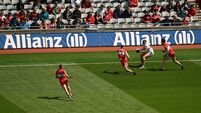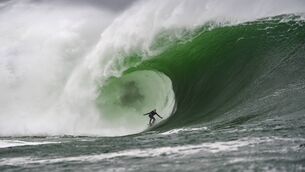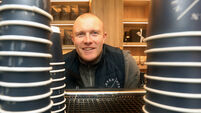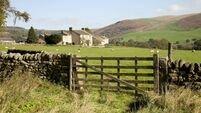An icy challenge to embrace and enjoy
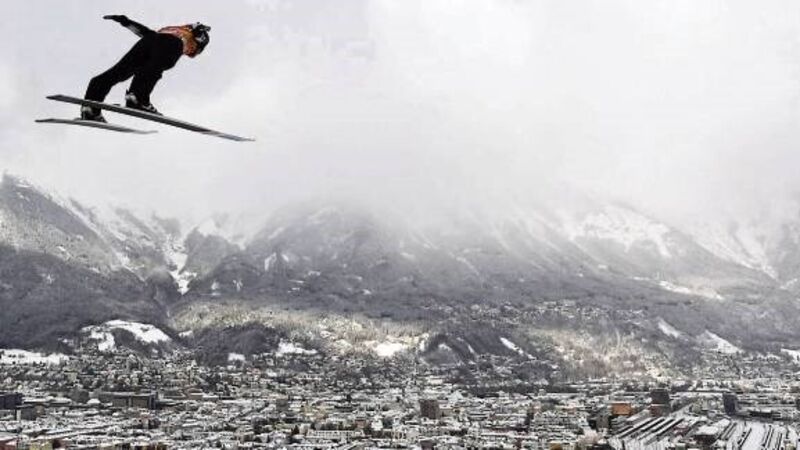
The dawn of a new year and new resolutions made: A search for new frontiers, new experiences, new things to do. A time to be creative and to dream of exploring new possibilities.
What better way to put practical shape on broad statements of intent than trying a new sport?






